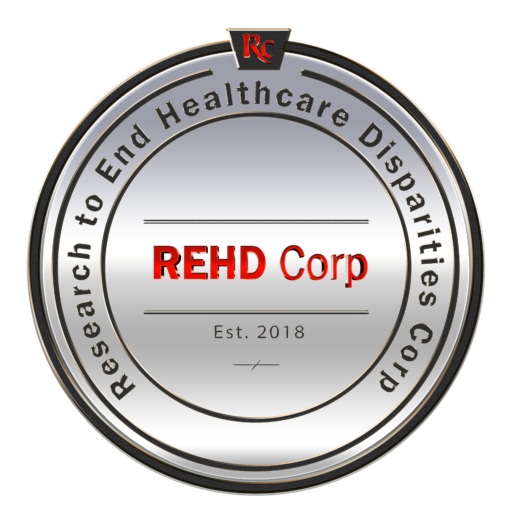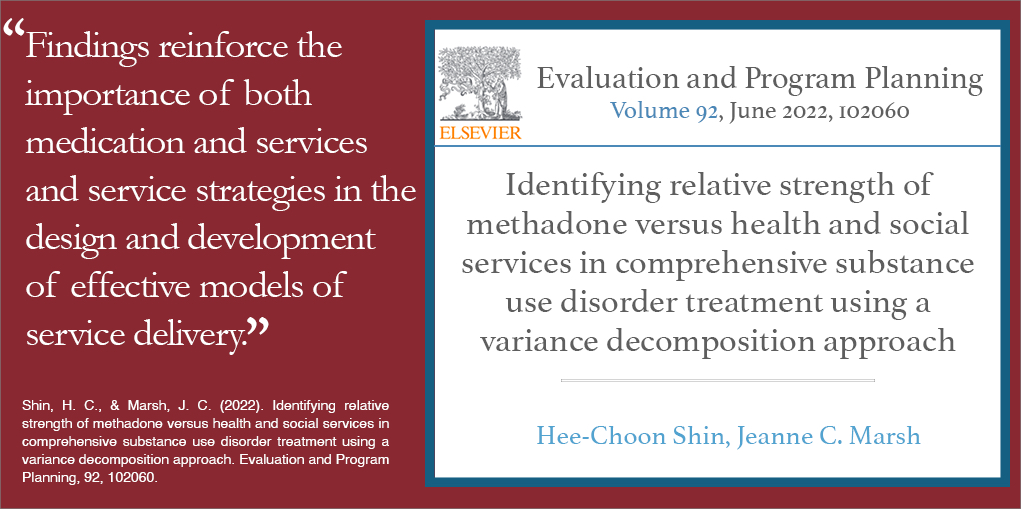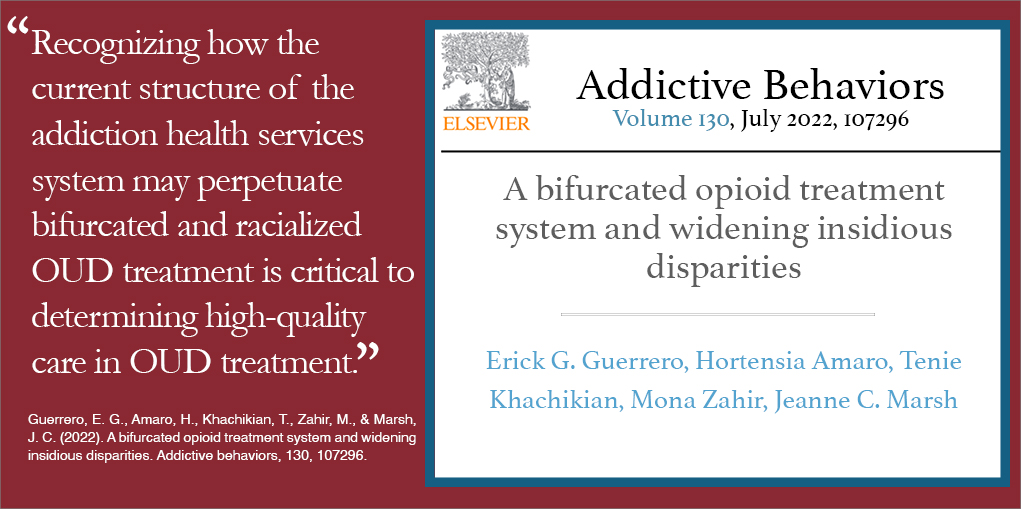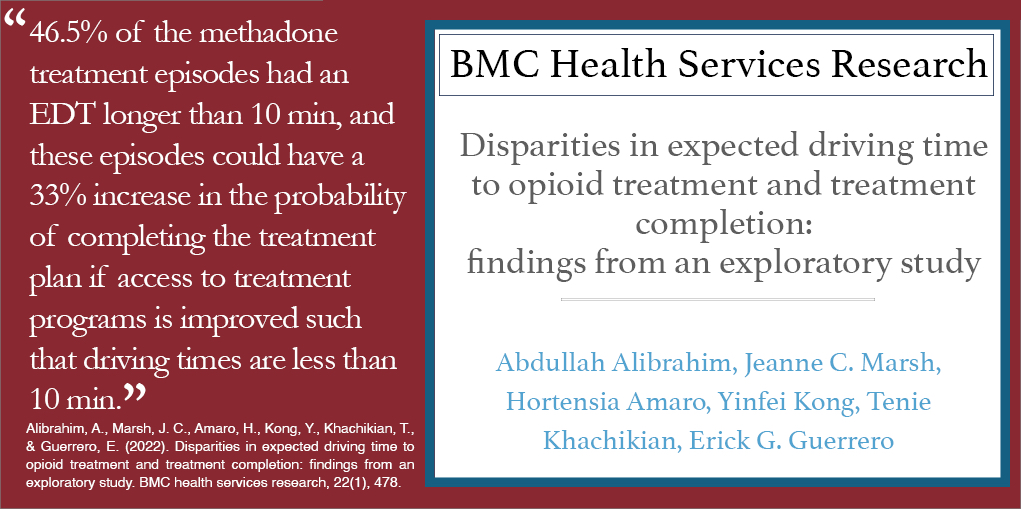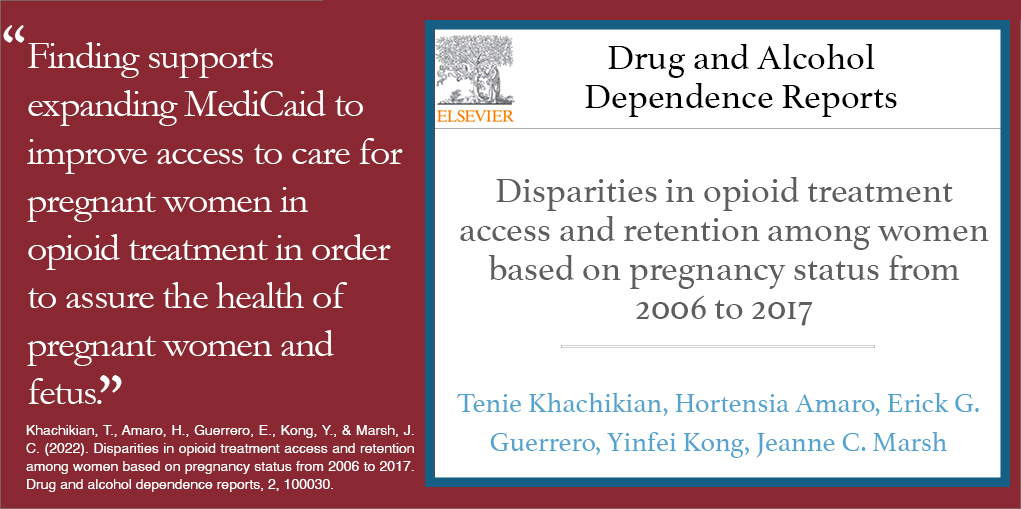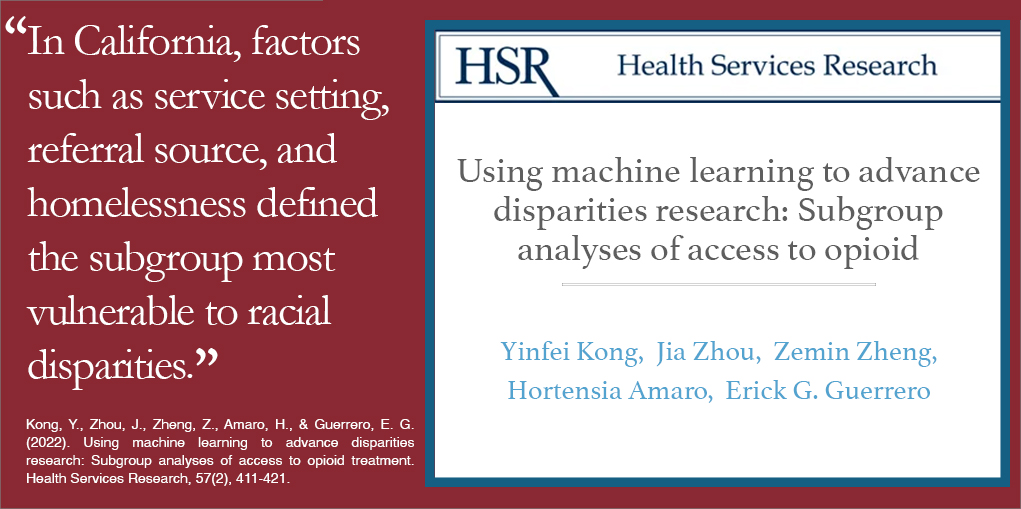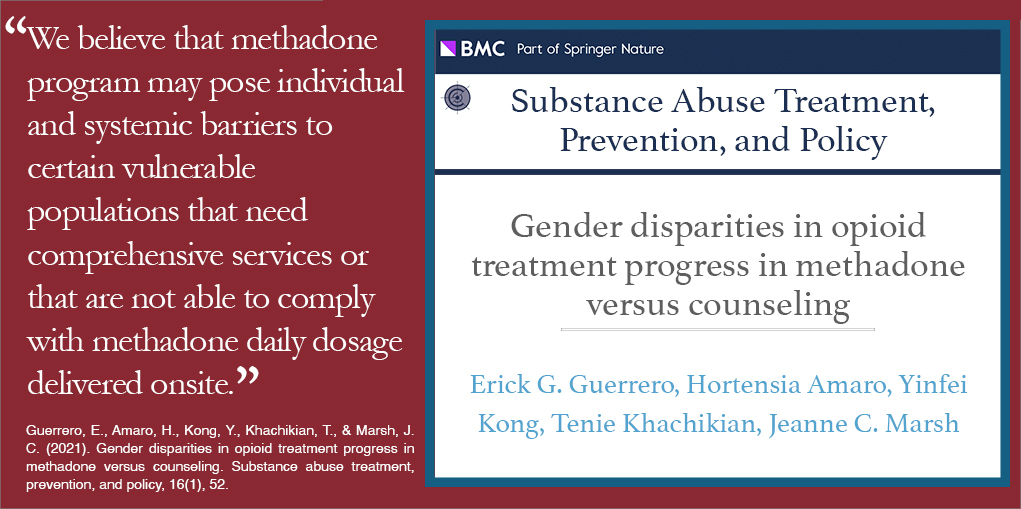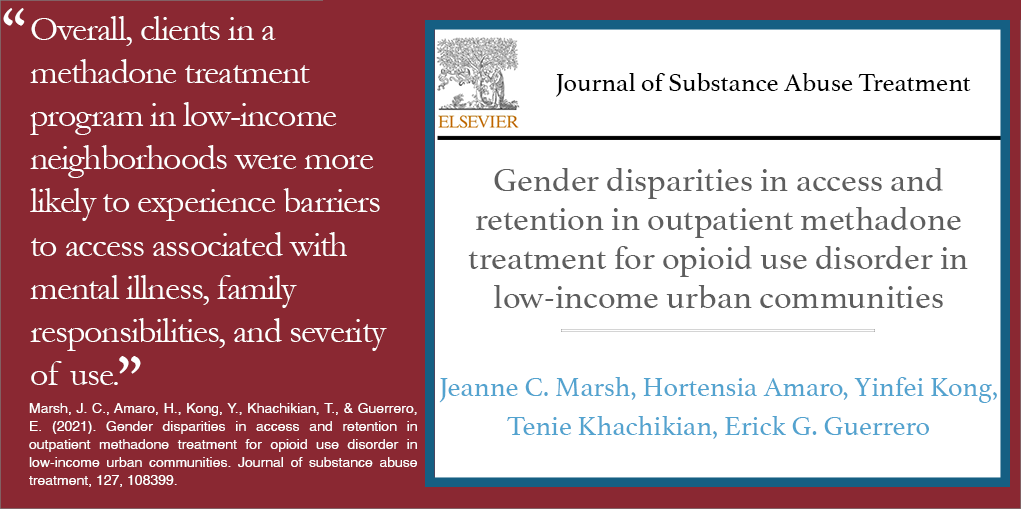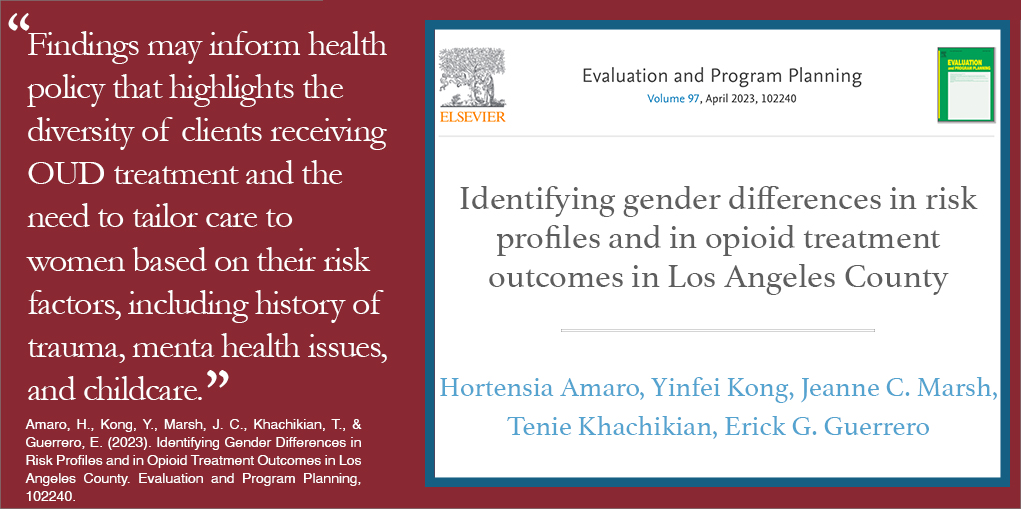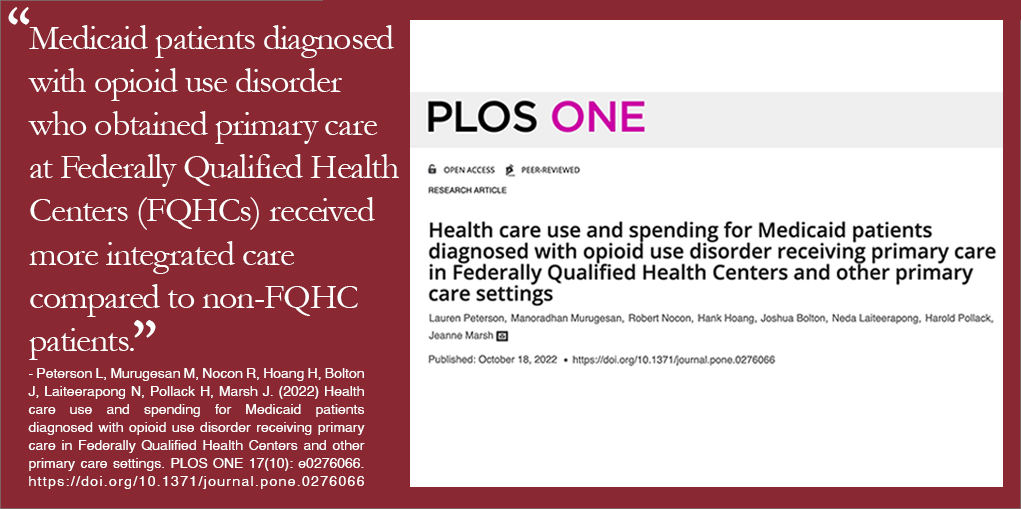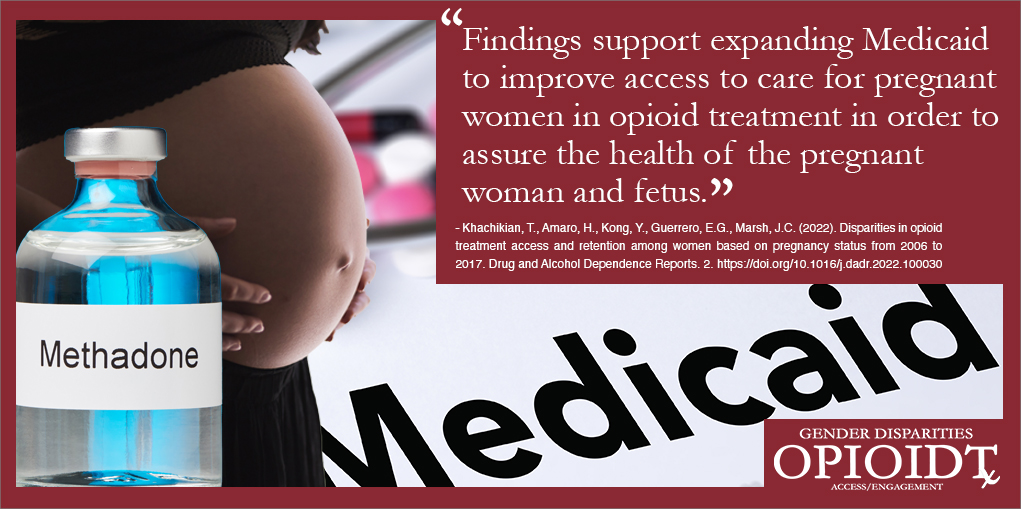Understanding Use of Emergency and Hospital Care among Patients with Substance Use Disorders
Emergency room overuse has increased markedly within the United States, particularly in non-urgent cases related to substance use disorders (SUD), which comprised over 45 percent of the total number of emergency room (ER) visits in 2009. Forty one percent of SUD or mental health patients who visited the ER in 2007 were hospitalized, which speaks to the growing need for community SUD treatment facilities and the importance of lowering mounting hospital costs associated with this recent upswing. Previous studies show substance abusers are typically sicker, more socio-economically disadvantaged and exhibit shared behaviors such as more frequent use of health services; more ER visits for depression, overdose, chest pain, vehicle accidents, drug-induced psychosis or drug-seeking behavior and they seek SUD and mental health treatment less often.
In a study published in Substance Abuse Treatment, Prevention, and Policy, Dr. Erick Guerrero and colleagues identified common characteristics of those most at risk of using hospital services with an end goal of improving SUD treatment procedures and health screening policies. The research team used the Los Angeles County Participant Reporting System, which includes data from all publicly funded substance abuse treatment (SAT) programs in Los Angeles County, California, to conduct a an analyses on drug users’ ER visits. The study included 73,251 unique patient treatment episodes ranging between January 1, 2006, and December 31, 2009, for 17,362 Black, 29,221 Hispanic and 26,668 White patients.
The intake survey included questions about ER visits and reasons, as well as patients’ demographic characteristics such as age, race/ethnicity, education level, sex, children and homelessness. The survey also included questions about participants’ mental and physical health, substance use and whether they had utilized an outpatient, residential or narcotic treatment program. The study’s findings are as follows:
Emergency Room Visits
- Non-Hispanic Whites visited ERs more frequently compared to Blacks and Hispanics.
- Women tended to report more ER visits compared to men.
- Clients reporting less education, more children under the age of 18 and homelessness were also associated with more ER visits.
- Individuals who reported more days of mental health counseling, psychiatric care or physical problems reported more ER visits. Conversely, individuals with a history of mental health issues and those who reported more drug use during the previous 30 days reported fewer ER visits.
- Those who reported their primary drug to be cocaine, heroin, marijuana or other substances were more likely to report ER use compared with alcohol users; this was also true for individuals in residential substance abuse treatment compared to those in outpatient treatment.
Hospitalization
- Blacks and Hispanics spent fewer days in the hospital compared with non-Hispanic Whites.
- Men spent fewer days in the hospital compared to women.
- Older and homeless individuals reported more time spent in the hospital.
- Individuals who reported heroin or methamphetamine as their primary drug of choice spent fewer days in the hospital compared to alcohol users.
- Persons reporting cocaine or other unlisted drugs as their primary substance of choice experienced more days of hospitalization compared to alcohol users.
- Individuals who reported more drug use during the previous 30 days spent fewer days in the hospital compared to alcohol users.
- Individuals who received more mental health counseling, more inpatient psychiatric care and reported more physical health problems during the previous 30 days experienced more days of hospitalization.
- Individuals in residential SUD treatment reported more days of hospitalization compared to those in outpatient treatment.
Overall, this study highlights the upsurge in more frequent/ lengthier ER use for those with SAT and mental health needs — particularly those with habitual use of mental health services, co-occurring physical conditions and residential treatment use, as opposed to outpatient SUD treatment. SUD treatment providers can apply the findings in this study to develop more adequate screening tools and programs to identify health factors for at-risk clients while simultaneously creating preventative measures and integrated behavioral and primary health care procedures to help curb hospitalization for those who would benefit more from SUD treatment services. Implementing these measures can also help drive down hospital costs while providing more availability for patients with more urgent health needs that are not related to SUD.
To view the study in its entirety, please click here.
Source: “Utilization of emergency and hospital services among individuals in substance abuse treatment”, Substance Abuse Treatment, Prevention, and Policy
